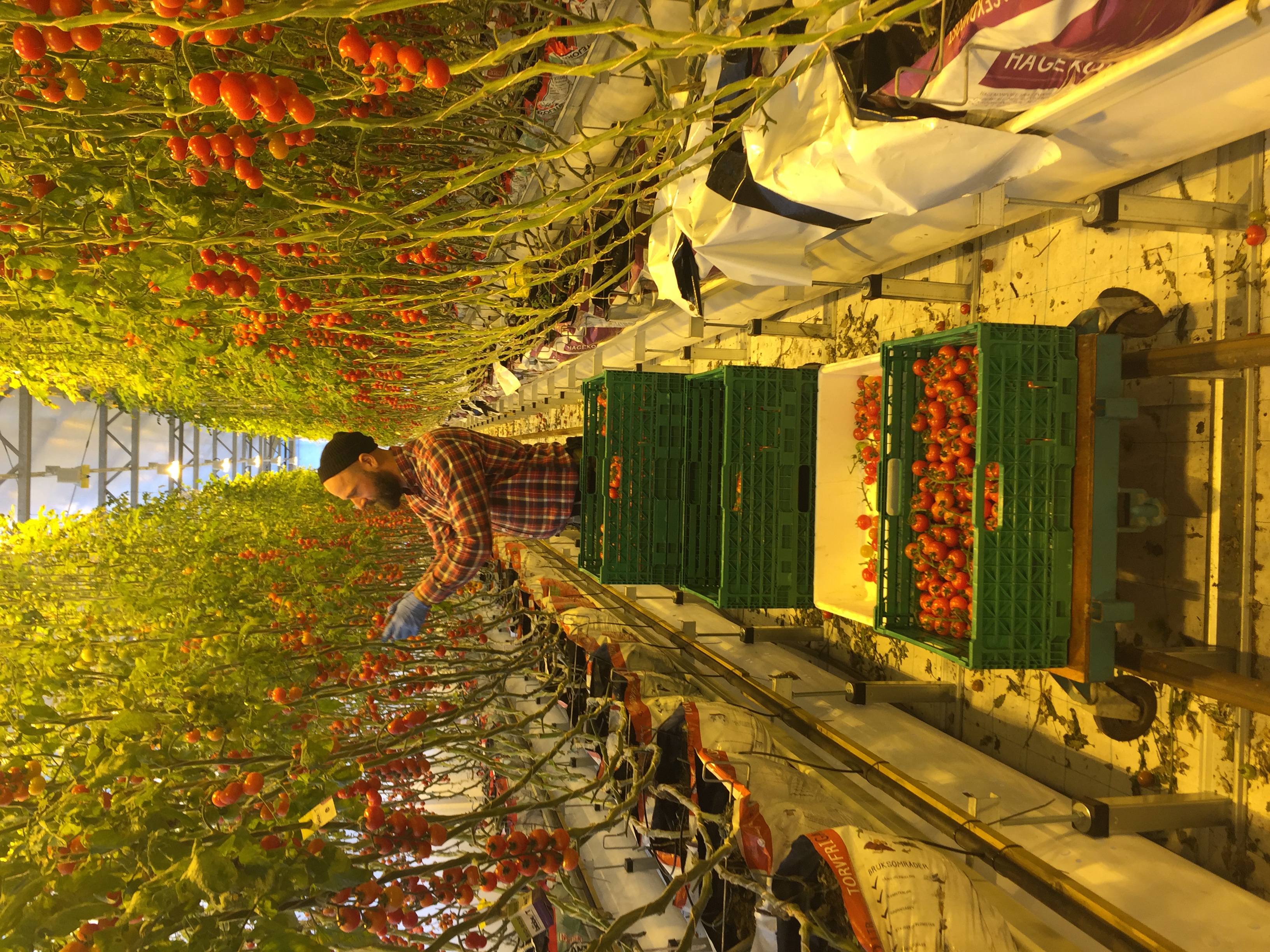Digeponics on:
[Wikipedia]
[Google]
[Amazon]
 Digeponics (pronounced die-jeh-ponics, as in digestion) is a method of agriculture which integrates the products of anaerobic digestion, including CO2 and
Digeponics (pronounced die-jeh-ponics, as in digestion) is a method of agriculture which integrates the products of anaerobic digestion, including CO2 and
 Digeponics (pronounced die-jeh-ponics, as in digestion) is a method of agriculture which integrates the products of anaerobic digestion, including CO2 and
Digeponics (pronounced die-jeh-ponics, as in digestion) is a method of agriculture which integrates the products of anaerobic digestion, including CO2 and digestate
Digestate is the material remaining after the anaerobic digestion (decomposition under low oxygen conditions) of a biodegradable feedstock. Anaerobic digestion produces two main products: digestate and biogas. Digestate is produced both by acidog ...
, with greenhouse cultivation of vegetables.
Background
Digeponics was developed in Norway by the "Food to Waste to Food" (F2W2F) program, a part of theEU Eco-innovation Initiative
The European Union (EU) is a supranational political and economic union of member states that are located primarily in Europe. The union has a total area of and an estimated total population of about 447million. The EU has often been ...
, in partnership with the waste management company Lindum AS.
Overall concept
The method involves the use of various products of anaerobic digestion in the cultivation of vegetables in a greenhouse environment. The more widely used aspects include the use of biogas for electricity production, which is used for lighting and heating the greenhouse in the winter months, as well as the introduction of carbon dioxide into the greenhouse, which is a byproduct of biogas combustion, for increased plant growth. The more novel aspect of this method is the use of a "mix of vermicompost and garden waste compost fertilized by (non-separated)digestate
Digestate is the material remaining after the anaerobic digestion (decomposition under low oxygen conditions) of a biodegradable feedstock. Anaerobic digestion produces two main products: digestate and biogas. Digestate is produced both by acidog ...
in a circulating system including earth worms in the substrate and aeration in a biofilter buffer tank."
Performance
Research conducted on digeponics found that this method, and others like it, could meet or exceed the production rates of mineral fertilizers. For tomato production, digeponics yielded 5430 g, compared to 4920 g for mineral fertilizers. Forcucumber
Cucumber (''Cucumis sativus'') is a widely-cultivated Vine#Horticultural climbing plants, creeping vine plant in the Cucurbitaceae family that bears usually cylindrical Fruit, fruits, which are used as culinary vegetables.
production, digeponics yielded 19560g, compared to 8502g for mineral fertilizers.
In addition to increased yields, this method can provide decreased energy costs and very low carbon emissions, by producing energy on site from renewable carbon neutral sources that are readily available to the farmer, and could even provide an additional source of income by charging tipping fees for organic waste collection and selling excess electricity or gas back into the grid. Methane emissions were shown to be reduced by 98%, compared to landfilling of organic waste, and carbon emissions were reduced 95%, compared with conventional tomato greenhouse production.
References
{{reflist Recycling Agriculture